Karo Platinum Mine is a large-scale open pit, world-class, Tier1 Platinum Group Metals (PGM) development asset on the Great Dyke in Mhondoro District. It is part of Tharisa PLC, the PGM and chrome co-producer dual-listed on the Johannesburg and London stock exchanges.
The mine is the newest low-cost, open-pit PGM asset and is a joint venture between Karo Mining Holdings (85%) and Generation Minerals (15%), a Zimbabwe special purpose vehicle (SPV). It was born
in 2018 after the company secured a special grant on a vital piece of virgin real estate.
The project has an initial life of 17 years and is due to deliver its first ore to the mill by July 2024.
Karo Platinum Mine is set to be a significant contributor to both GDP and delivering a sustainable, long-life integrated mining operation through Tharisa’s proven world-class development approach for projects.

Combined with existing PGM producers, the US$4,2 billion investment mine is predicted by industry experts to position Zimbabwe as a key global player in the platinum sector.
Between 100 000 and 190 000 ounces of PGMs will be produced per month in its first phase.
The mine was expected to create 1000 permanent jobs and up to 7,000 jobs during the construction phase. There will also be opportunities for the communities within the project area, as well as the creation of an economic hub with significant multiplier effects. The mine has also resulted in the commercial and industrial development of the Mhondoro / Great Dyke Region.
Further benefits from the mine are green energy and green efficiency, where Total Eren signed a Memorandum of Understanding (MOU) to partner on and develop, finance, build and operate a 300MW solar photovoltaic (PV) project. About 30MW of electricity will be generated for Karo while the remainder will go to the national grid.
PGMs are a group of six metals: platinum, palladium, rhodium, ruthenium, osmium, and iridium. They play a critical role in decarbonizing the global economy and are used in a wide range of emission-reducing technologies, including:
· Catalytic converters in cars and trucks, which help to reduce harmful emissions from gasoline and diesel engines
· Fuel cells, which convert hydrogen into electricity without emitting any emissions
· Catalysts for industrial processes, such as the production of ammonia and nitric acid
· Sensors for monitoring air quality and emissions
· Hard-facing materials for wear-resistant applications
The demand for PGMs is expected to grow significantly in the coming years as the world transitions to a low-carbon economy. This is good news for the PGM mining industry (including Zimbabwe), which could see a boost in demand and prices.
Text by Martin Chemhere

